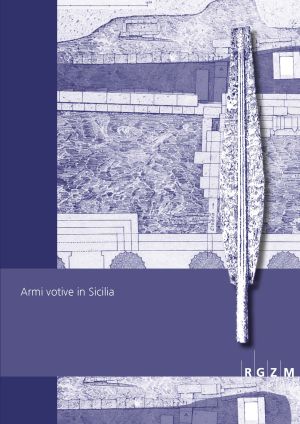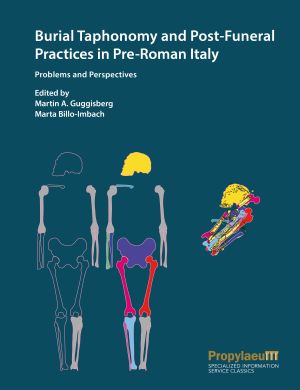Vassallo, Stefano
Armi votive in Sicilia: Atti del Convegno Internazionale di Studi Siracusa Palazzolo Acreide 12-13 Novembre 2021
This volume collects the contributions presented at the conference »Armi votive in Sicilia«, held in Syracuse (Museo Archeologico Regionale Paolo Orsi) and in Palazzolo Acreide (Town Hall) in November 2021.
This volume continues the project started with the conference »Armi votive in Magna Grecia« (Salerno-Paestum 2017), constituting a "second instalment" and taking up the same formula in combining an ambitious historical-archaeological analysis of the weapons offering in a diachronic and intercultural key.
Fifteen contributions that mark a turning point for the knowledge of the island, for a better understanding of the variability and complexity of this particular votive practice that underlines the role of war in antiquity. The volume also contains a reflection that goes beyond the island and synthesises a way of studying a complex repertoire (votive weapons and weapons in votive context) and indicates the challenges that research will have to face in the immediate future. In this collection the reader will find contributions from which to continue building the discourse on the dedication of weapons in Sicily and the ancient Mediterranean.
Burial Taphonomy and Post-Funeral Practices in Pre-Roman Italy: Problems and Perspectives. Papers of the International Workshop held at the University of Basel, January 12th, 2021
The volume includes papers with individual contributions by the authors dealing with taphonomic processes as well as post-funeral practices and reuse of graves, which could be determined. It is shown that besides the state of preservation, the methods of investigation are enormously important in order to be able to recognize, for example, multiple burials. Likewise, the phenomenon of a closed context, as is quickly assumed in the discovery of a grave, is not a matter of fact in the case of the examples presented. The scientific analyses and evaluations help to understand both the biological and the cultural processes that occur or are carried out after the death of an individual.








